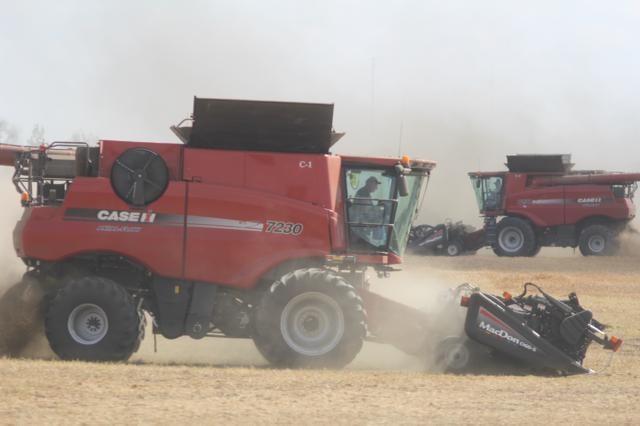The rain may be giving you a case of the summer blues, but for the farmers of southeast Saskatchewan, they are pretty much “Singing in the rain.”
In the past week, the Weyburn area received three mm of rain, the RM of Brokenshell had 20 mm, Fillmore six mm, Wellington six and a half mm, Francis five to 7.5 mm and Laurier 3.6 to four mm.
Even more rainfall is needed to help later crops fill, but for now many pulse and winter cereal crops are already drying down and desiccation operations have begun.
Creelman-area farmer Marcel Van Staveren, said his rye would be ready to harvest as early as this weekend. His spring seeded crops will be ready between August 15-20. These crops consist of canola, soybeans, red lentils and spring hard red wheat
Despite the rainy days, there have been a few scorchers allowing crops to balance out moisture wise.
Topsoil moisture on cropland is rated one per cent surplus, 45 per cent adequate, 47 per cent short and seven per cent very short. Topsoil conditions for hay land and pasture is rated as three per cent surplus, 37 per cent adequate, 50 per cent short and 10 per cent very short.
The main causes for crop damage this past week was strong winds, high temperatures, and hail. For Van Staveren, however, he’s been fortunate to avoid any insect outbreaks or hail storms. Van Staveren did lose his winter crop to the dry month of May, but was able to bounce back with crops having above average precipitation and losing only less than one per cent to flooding.
Livestock producers have 63 per cent of their hay crop baled or put into silage. An additional 18 per cent is cut and ready for baling.
The quality of hay is rated 11 per cent excellent, 61 per cent good, and 28 per cent fair. Many producers say it’s unlikely their hay yields will get a second cut due to the quality being lower than average.



